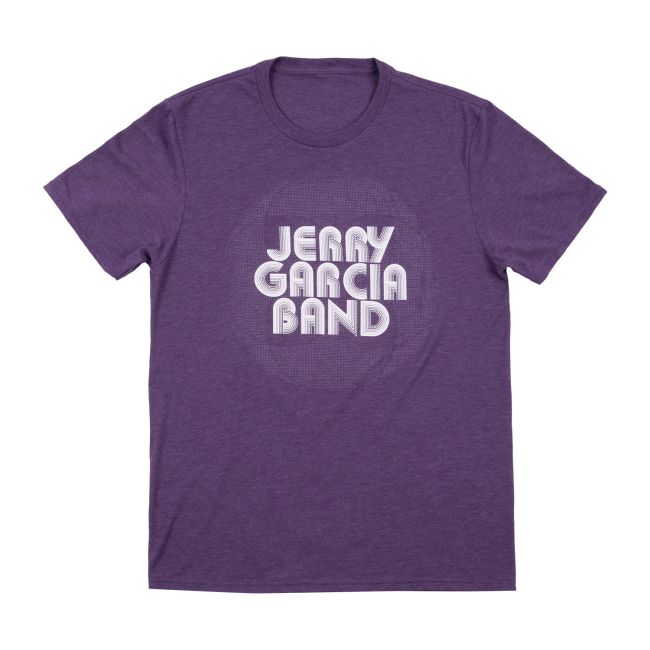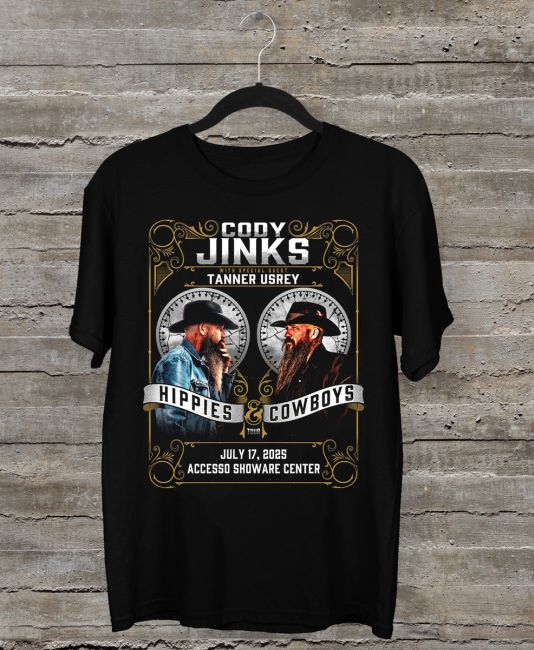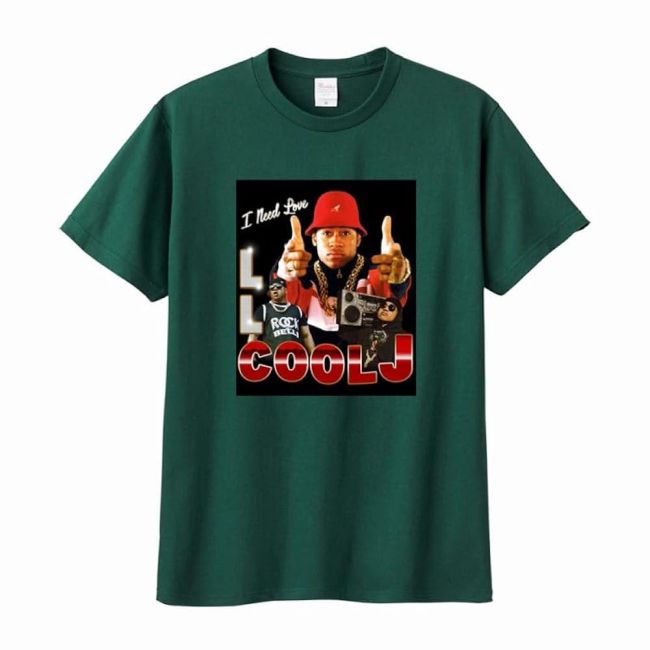The legacy of Jerry Garcia, the iconic frontman of the Grateful Dead, extends far beyond his music. His influence permeates popular culture, inspiring generations of fans worldwide. One intriguing aspect that captures this enduring appeal is the evolution and journey of Jerry Garcia’s official merchandise. From humble beginnings to a sophisticated global enterprise, the story behind his memorabilia reveals much about fan culture, branding, and the preservation of musical heritage.
In the early days of Garcia’s career with the Grateful Dead, merchandise was relatively simple and often unofficial. Fans would trade hand-drawn posters or homemade T-shirts at concerts-artifacts that reflected a grassroots community spirit rather than commercial ambition. However, as Garcia’s fame grew and his solo projects gained traction alongside the band’s success, demand for quality merchandise increased significantly. This created an opportunity to formalize offerings that could properly represent both his artistic vision and personal brand.
The transition from informal to official merchandise marked a pivotal moment in preserving Jerry Garcia’s mystique while catering to a growing fan base eager for authentic memorabilia. Official products began encompassing not only apparel but also limited edition artwork prints, collectible pins, guitar accessories inspired by Garcia’s own instruments, and even lifestyle items such as home décor featuring iconic imagery associated with him. Each piece was carefully curated to maintain artistic integrity while celebrating his unique aesthetic-a blend of psychedelic art influences mixed with folk motifs.
One notable aspect in this journey is how technology played an essential role in expanding reach without diluting authenticity. The rise of online platforms allowed fans across continents to connect with each other and access exclusive releases directly from authorized sources. This digital transformation ensured that collectors could secure genuine items amid a sea of counterfeit goods flooding secondary markets-an ongoing challenge given Garcia’s legendary status.
Moreover, collaborations between artists who once worked closely with Jerry or were influenced by him helped keep new designs fresh yet respectful to their origins. These partnerships reinforced community bonds among fans who see owning official merchandise not just as consumerism but as participation in an ongoing cultural narrative.
Ultimately, unraveling the story behind Jerry Garcia Official Shop merchandise offers insight into how artistry intersects with commerce in ways that honor legacy rather than exploit it. It underscores how thoughtful stewardship can transform simple objects into symbols carrying emotional weight for millions worldwide-reminding us all why certain icons remain timeless long after their final notes have faded away.




